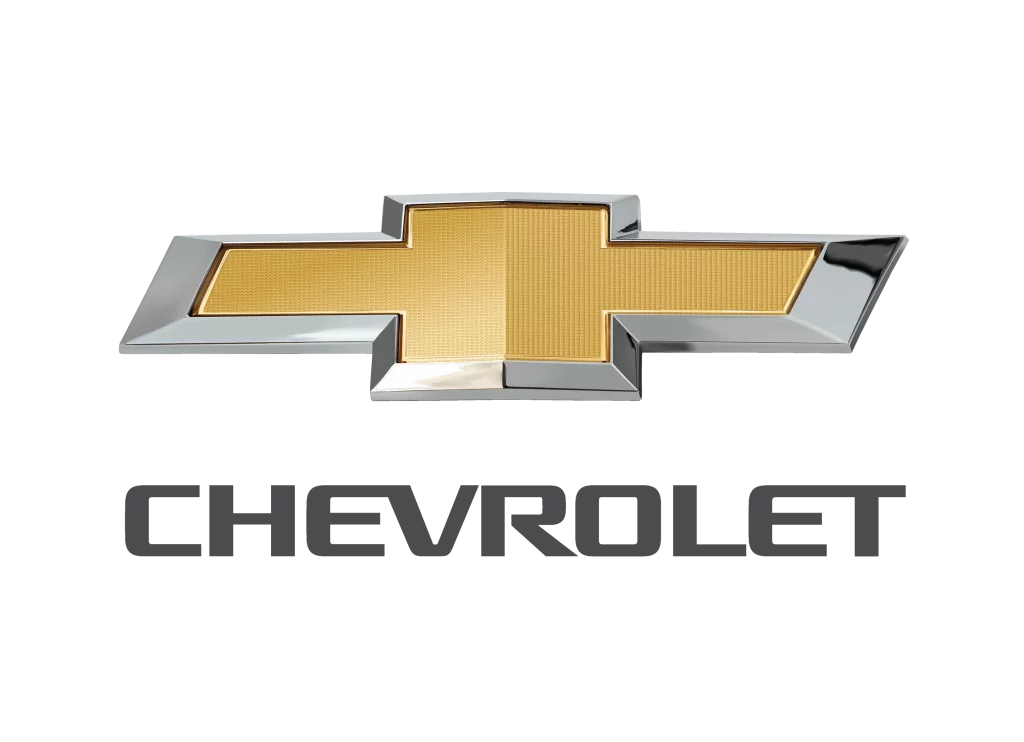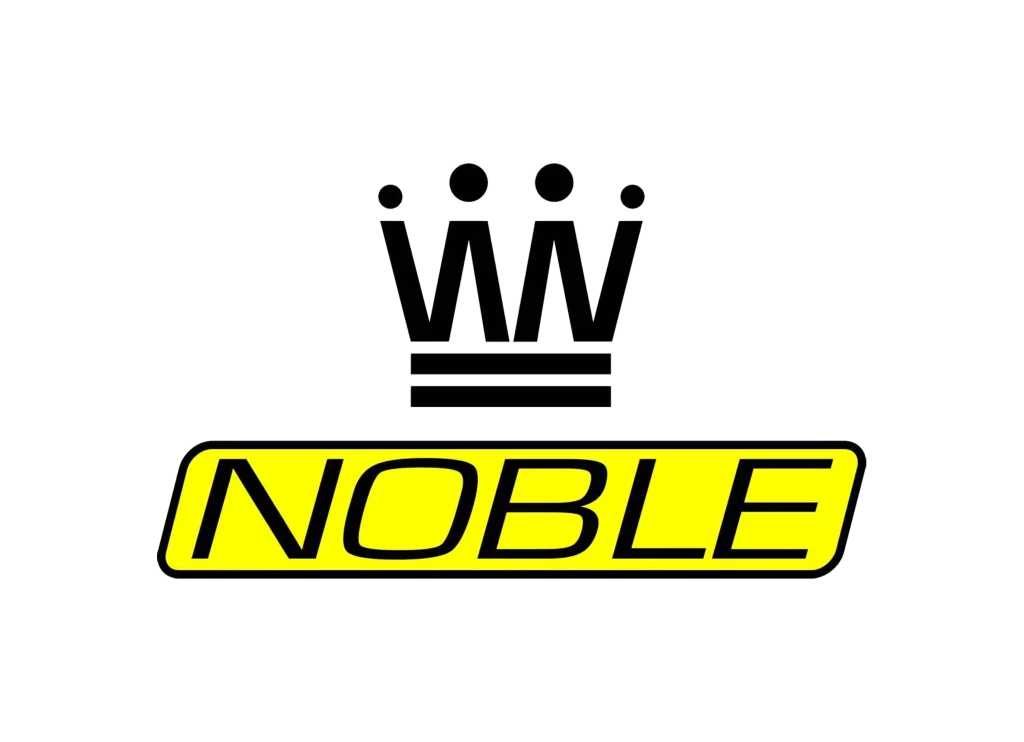Smart logo

The Smart logo is a distinctive and recognizable emblem that represents the brand’s focus on compact and innovative vehicles. The logo features a simple and clean design that incorporates several elements that are significant to the Smart brand.
At the center of the logo is the word “smart,” written in lowercase letters in a modern sans-serif font. The letters are spaced evenly and are slightly condensed, giving the word a compact and streamlined appearance.
On the left side before the word “smart” is a stylized letter “C,” which is meant to evoke the shape of the brand’s iconic smart fortwo car. The “C” is rounded and has a slightly curved top, giving it a soft and friendly appearance.
The “C” is also colored in a distinctive shade of blue that is unique to the Smart brand. The color is meant to convey a sense of innovation and sophistication, and it is often used throughout the brand’s marketing materials and products.
Smart Brand Overview
2019 (joint venture)
Nicolas Hayek -1994
Mercedes-Benz AG, Zhejiang Geely Holding Group – 2019
Böblingen, Germany
Smart is a German automotive manufacturer that specializes in producing compact cars. The company is a division of Daimler AG and is based in Böblingen, Germany. Smart is well-known for its flagship model, the smart fortwo, which is a two-seater car that is popular in Europe, particularly in cities like Rome, Paris, and Florence. The smart fortwo is also the smallest production car in the world, making it a unique and eye-catching vehicle. In 2008, the smart fortwo was introduced to the United States market, and it has gained a dedicated following of fans who appreciate its nimble handling and fuel efficiency. Overall, Smart’s focus on compact and efficient vehicles has made it a popular choice for urban drivers who value maneuverability and style.
Smart History
Smart is a German automotive manufacturer that specializes in producing compact cars. The company was founded in 1994 as a joint venture between Daimler AG and Swiss watchmaker Swatch. The name “smart” is an acronym that stands for “Swatch Mercedes ART.”
The company’s first car, the smart city-coupé, was introduced in 1998. The city-coupé was a two-seater car that was designed to be small, agile, and fuel-efficient. The car quickly gained a following among urban drivers who appreciated its compact size and maneuverability.
In 2002, Smart introduced the smart roadster and roadster-coupé. These two-seater sports cars were designed to be even more nimble and fun to drive than the city-coupé. However, sales of the roadster models were disappointing, and they were eventually discontinued in 2005.
In 2004, Smart introduced the smart forfour, which was a four-seater car that was designed to appeal to families. The forfour was based on the same platform as the Mitsubishi Colt and was built in a joint venture with Mitsubishi Motors. However, sales of the forfour were also disappointing, and the car was discontinued in 2006.
Despite these setbacks, Smart continued to innovate and refine its products. In 2007, the company introduced the second-generation smart fortwo. The new fortwo was larger and more refined than the previous model, but it still retained the compact size and agile handling that had made the smart brand so popular.
The new fortwo was also more fuel-efficient than its predecessor, thanks to the use of lightweight materials and a new range of engines. In 2008, the fortwo was introduced to the United States market, where it quickly gained a dedicated following of fans who appreciated its fuel efficiency and unique styling.
Today, Smart continues to produce a range of compact cars that are popular with urban drivers around the world. The company’s current lineup includes the fortwo coupe and cabriolet, as well as the forfour. All of these models are designed to be fuel-efficient, practical, and easy to maneuver in tight urban spaces.
Overall, Smart’s focus on compact and efficient vehicles has made it a popular choice for urban drivers who value maneuverability and style. While the company has faced some challenges over the years, it has remained committed to innovation and has continued to refine its products to meet the changing needs of drivers. As cities around the world become increasingly crowded and congested, it seems likely that Smart’s compact cars will continue to be a popular choice for drivers who want to navigate urban environments with ease.





